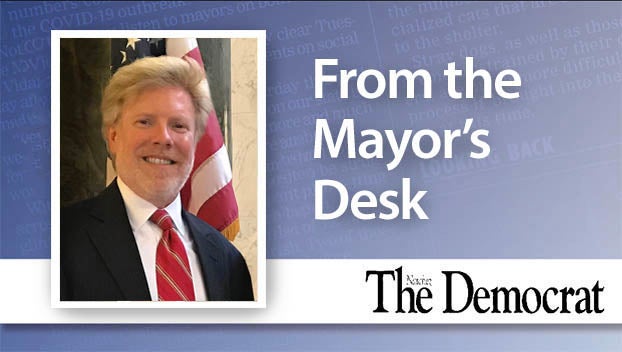Visited by ‘Ghost of Education Past’
Published 12:28 am Thursday, November 30, 2017
As the Christmas Season begins, and we revisit old favorites, such as Charles Dickens’ “A Christmas Carol,” it is easy to consider some real-life parallels. Perhaps there are some real lessons to be learned if we consider American education in this light. For a moment, let’s try!
Close your eyes and relax, then think about what the ‘Ghost of Education Past’ might show us. In the earliest days, we might see visions of the children of elite gathered in parochial schools and compliantly listening to a scholarly lecture of their polished and poised teacher. The traditional Eurocentric lecture-based format is clearly effective with most of the children of the aristocracy — and the obedient, conservative students demonstrate their life-long understanding of the expectations they must achieve. Possibly the one quiet child in the back is the only one who seems to be less comfortable, yet there is no blatant or disruptive demonstration that the instruction may not actually be connecting.
As the ‘Ghost of Education Past’ takes us to the next place, we find ourselves in a small one-room schoolhouse with a handful of multi-aged children who appear to be more rural and humble. These dear children are helping each other — the older students modeling and aiding the younger and less confident learners. Even the ones who might be less successful are trying because they feel the positive support of everyone else. In the air we can feel and almost hear the constant undertones of encouragement saying softly, “I know you can do this; we will keep working on it together.”
Our next and final stop for the ‘Ghost of Education Past’ might be a tour through a couple of schools in a larger more urban area. As we look through the first window, we see visions of what are very similar to the first parochial school. The light and bright faces of the students indicate the prevailing mindset that suggests their common knowledge that “this is the way we’ve always done it;” there are no indications of failure to understand the expectations. But closer inspection will expose a handful of students who reflect the quiet isolation that we saw in the lone student of our first school. Although they seem to go unnoticed, our tour guide draws it to our attention to ensure our awareness.
The next school on our urban tour is similar in so many ways except for the subtle details indicating a prevalence of darker faces — still full of motivation to learn, but somewhat more morose suggesting less hope for the future. As we look closer, we see that the books they are using are weathered and torn; the desks are shabby, and many are broken. Yet still, the hallways are clean, and the school is orderly. There is still a pride in the teachers that translates to the students a belief in their abilities and support for their efforts.
When delivered home, we drift back into a thoughtful sleep. In our dreams, we drift between peaceful images of education that worked so well for some as well as more restless visions of education that could have provided so much more if we knew how to engage and support all children. It would not be long before we were awakened by another apparition — the Ghost of Education Present.
Dr. Marvin Jeter is an education consultant and member of Natchez United.





